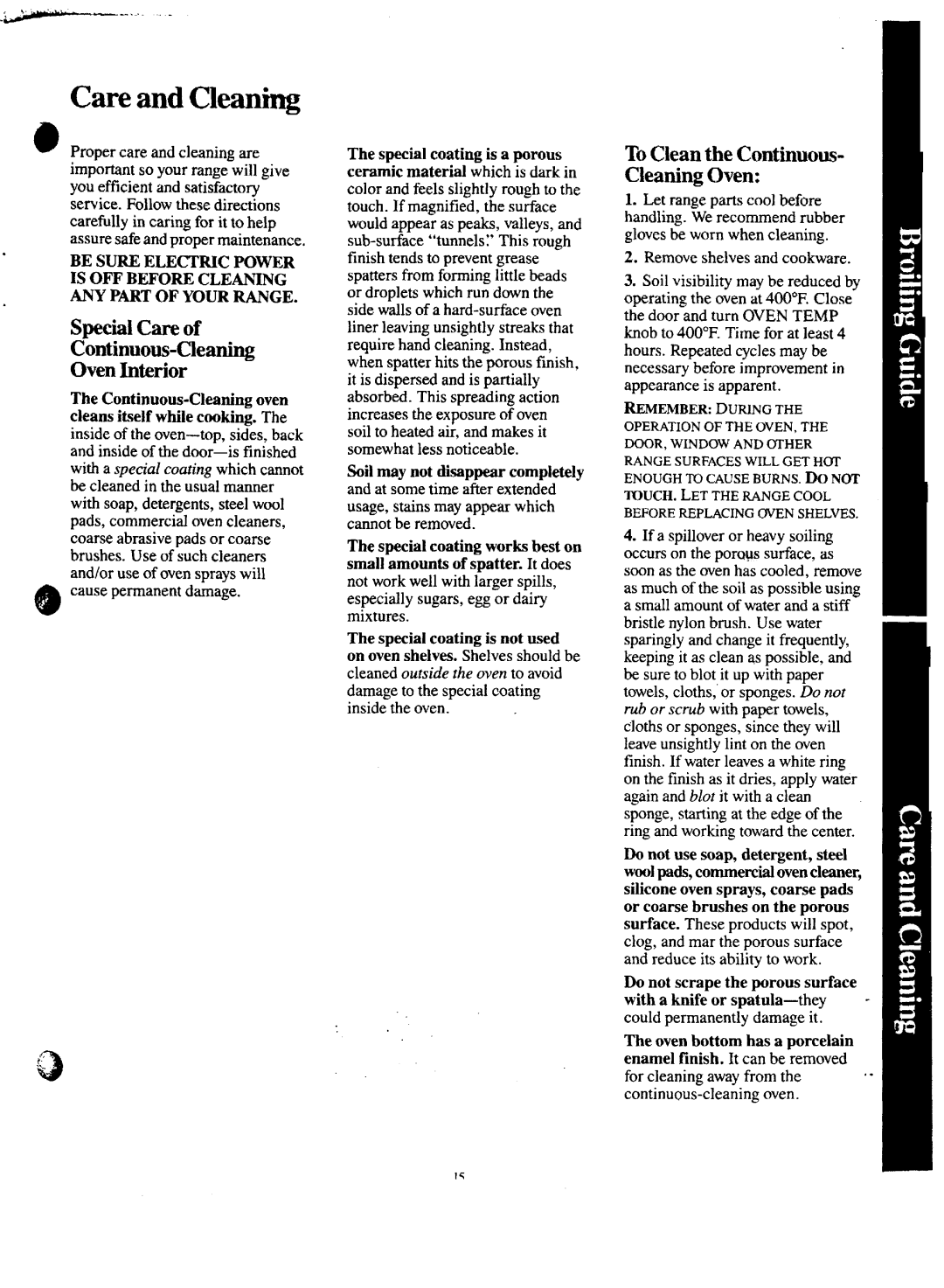JGBC16GEJ, JGBC17GEJ, JGJ3C16GPJ specifications
The GE JGJ3C16GPJ, JGBC17GEJ, and JGBC16GEJ are advanced kitchen appliances from General Electric, known for their innovative features and reliable performance. These models cater to the needs of modern cooking enthusiasts, combining efficiency with user-friendly designs tailored for various culinary tasks.The GE JGJ3C16GPJ stands out with its impressive cooking capacity and versatility. This model features a spacious oven with multiple rack positions, allowing users to cook a variety of dishes simultaneously. It is equipped with a powerful convection oven system, which ensures even heat distribution, maximizing the cooking efficiency and enhancing the flavors of meals. The smooth ceramic glass cooktop offers a sleek appearance and is easy to clean, while the precise temperature control facilitates consistent cooking results.
On the other hand, the JGBC17GEJ model is designed with robust features for serious cooks. It boasts a built-in griddle and powerful burners, making it ideal for frying, searing, and sautéing. The heavy-duty cast iron grates provide stability and support for pots and pans of all sizes, ensuring that food cooks evenly. This model also includes Smart features, enabling users to connect their appliance to Wi-Fi, allowing for remote monitoring and control via a smartphone app.
The GE JGBC16GEJ is designed for those who appreciate classic aesthetics paired with modern technology. Its vintage-inspired design includes a distinctive control panel and stylish knobs, perfect for traditional kitchens. This model offers advanced cooking options, such as self-cleaning cycles and various bake modes, which simplify the cooking process while maintaining high performance standards.
All three models come equipped with safety features such as automatic shut-off timers and child locks, ensuring peace of mind in the kitchen. They are not only built to last but also enhance the cooking experience with user-friendly controls and easy navigation. Energy efficiency is another highlight, as these appliances are designed to consume less energy without compromising performance.
In conclusion, the GE JGJ3C16GPJ, JGBC17GEJ, and JGBC16GEJ are exemplary representations of GE's commitment to quality and innovation. They embody the fusion of functionality, style, and advanced technology, making them excellent choices for kitchens of all styles and needs. With their range of features, these appliances are sure to elevate the cooking experience for any home chef.

